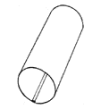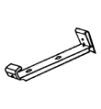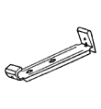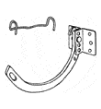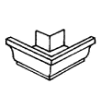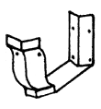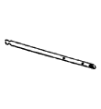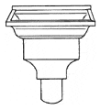Gutter Styles in Augusta, GA
Gutter Styles: What Are The Differences in the Augusta, GA, Area
K-style and half-round gutters represent two distinct options for homeowners considering gutter installation. Due to their attractive appearance, half-round gutters are particularly popular for specialty applications. Although both styles can be made from any material, the cost difference in aluminum options often makes half-round gutters a specialty choice.
Many people are unaware of the variety of options available when choosing the right gutter system for their home. Both K-style and half-round gutters come in 5-inch and 6-inch sizes, and each can be fashioned as a radius gutter, which is designed to fit areas of a home that feature a semi-circular shape.

*Half-Round Seamless only available in some locations. Ask your Solutionist
Complete Our Form for Gutter Solutions
Fill out the form today to schedule your free estimate! Our specialists will help you explore all gutter options and design the perfect system for your home and location.
Types of Gutters
Types of Leaders
A leader, more commonly known as a downspout, is the component connected to the gutter that directs water from the gutter down to the ground. These leaders come in various sizes to accommodate the specific requirements of different homes.
Types of Hangers
A hanger is the component that holds the gutter together and attaches it securely to the house. It functions by gripping the front lip of the gutter and snapping onto the back, ensuring a firm hold. Most hangers installed by professionals today operate in this manner. These hangers typically use a threaded screw to fasten the gutter to the house, providing stability and durability.




